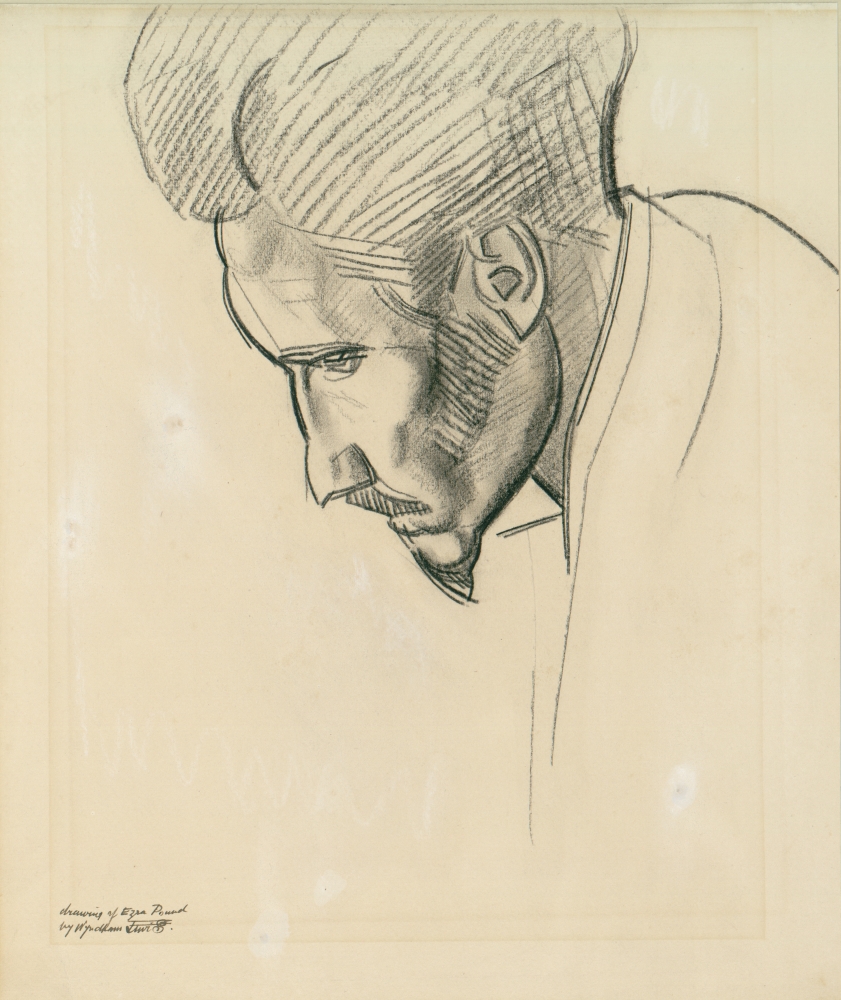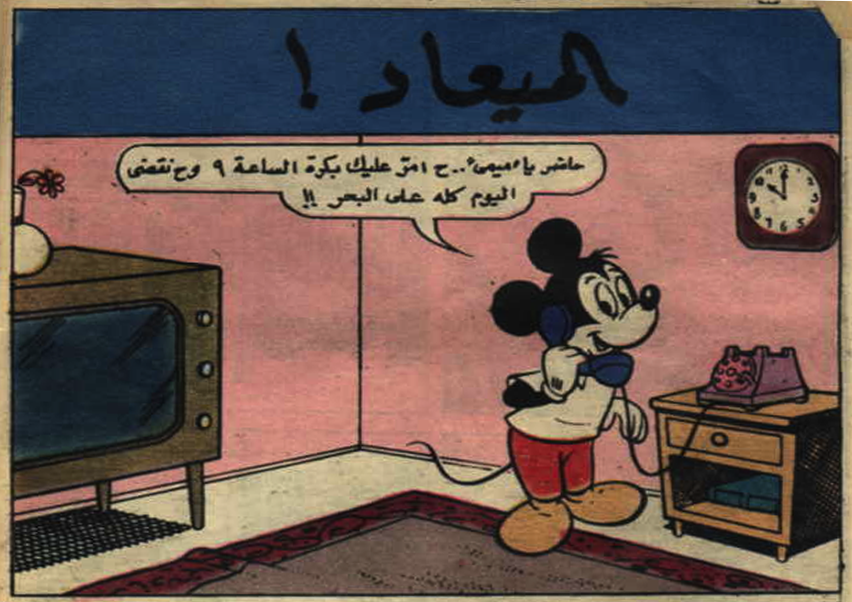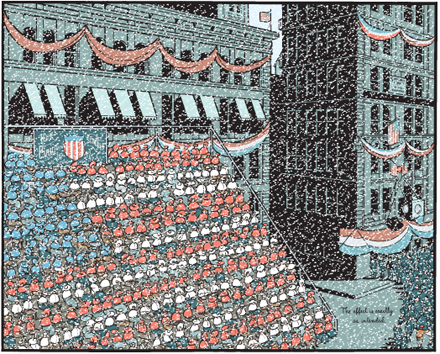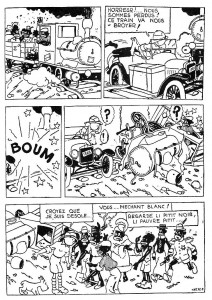Ezra Pound, by Wyndham Lewis
“Pound was friends with (former lover of?) HD (he was sort of the Kevin Bacon of modernism)” — Caroline Small
“Wow, I didn’t realize Pound actually knew Beerbohm. It’s that Kevin Bacon thing….” — Noah Berlatsky
What were you thinking, my learnèd colleague and fellow Utilitarian Caro?
What on Earth could connect Ezra Weston Loomis Pound (1885–1972), the modernist Poetic Master of the Revels, author of the Pisan Cantos…to the respected Hollywood actor Kevin Norwood Bacon (1958– ), the sensitive megastar of classic films such as Animal House and My Dog Skip ?
Kevin Bacon wants YOU!
The answer is–
More, much more than you would think!
Continue reading







